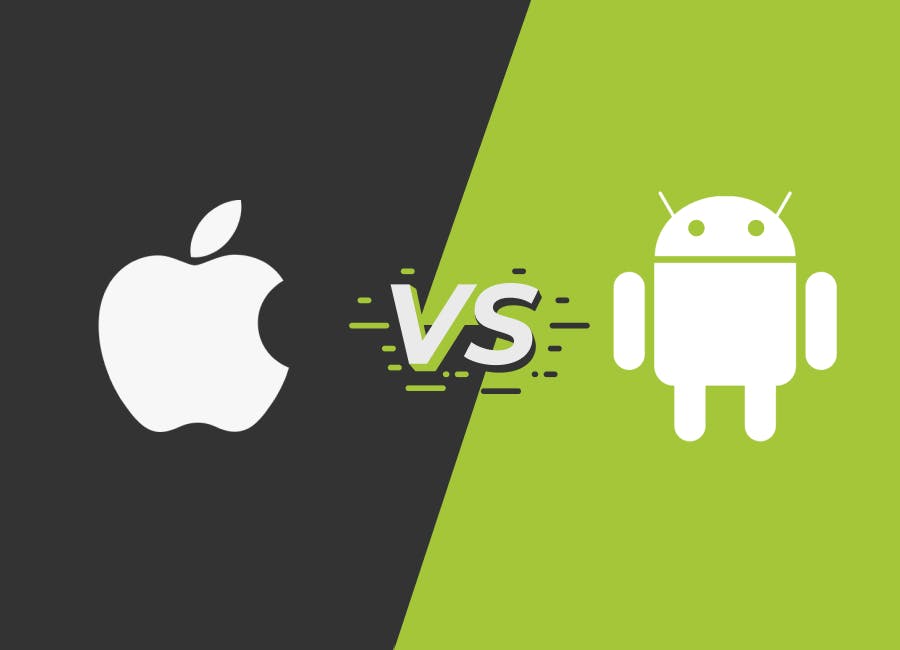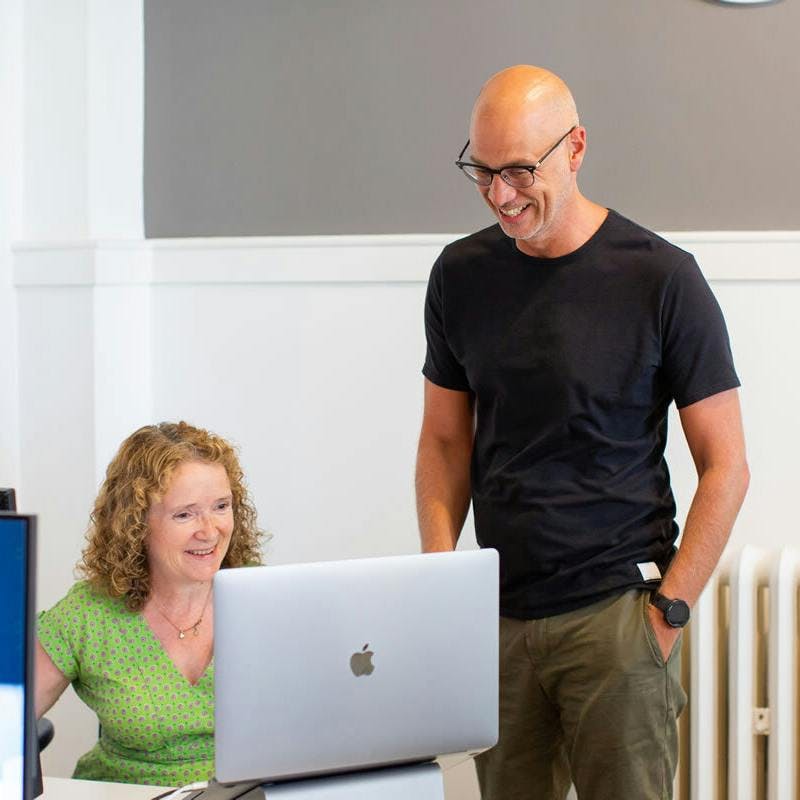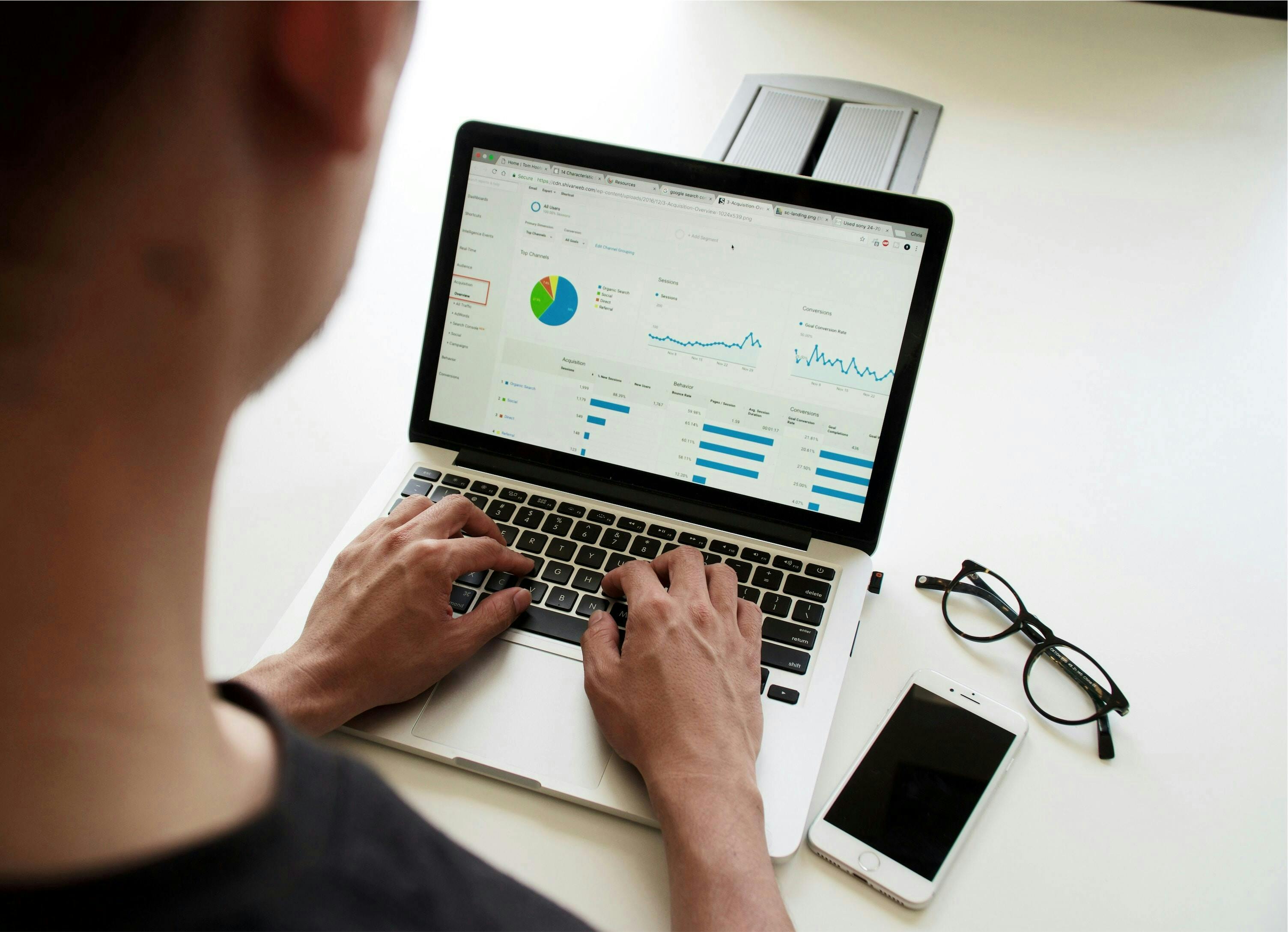What do we mean by brand?
From conversations with clients over the years we’ve found that while the term ‘brand’ is a term often used, it’s sometimes less commonly understood to mean the same thing to all parties. In our latest insights post our Digital Designer Dan has taken a bit of a deep dive into ‘brand’ as a concept, in the process shining a light on design terminology and setting some common ground for how we talk about ‘brand’ with our clients.
The brand model - old vs new
Firstly, a brand cannot exist without a company or a product, which is the driving force behind the brand. There are two brand models, one which we shall call ‘the old model’ and the second, which is the main model used in the modern era, we will call ‘the new brand model’.
‘The old brand model’ was based on the logic of factory management. The company created the brand (through products and advertising), the brand attracted customers (as a captive audience), and customers supported the company (through repeat purchases). The ‘new brand model’ is similar, but with one important difference: the order of the events. Instead of creating the brand first, the company creates the customers (through products and social media), then the customers create the brand (through purchases and advocacy), the brand sustains the company (through customer loyalty).
Ultimately, with the old model the products themselves that the company produced made the brand, but with the new brand model there has been a shift where it is the customers that make the brand not the products.
Essentially, your brand isn’t what YOU say it is, it is what THEY say it is.
Some may say that branding has moved from a physical realm of products to a more psychological realm of how the company makes the customer feel when buying/representing that company. It is this gap between company and customer, that we as designers look to build a bridge and connect the two. This bridge and connection is what we call the ‘brand’.
Human nature and its effect on brands
When commercialism first began all a brand meant was, what products do you have, but as this evolved we as humans demanded more of what it means to be a brand. As a species we are a herd animal and have a deep internal longing to want to belong to something. In the commercial landscape that meant we demanded more of the industry of companies.
We no longer want to just buy brands but we wanted to be a part of the brand, we wanted to join the brand. We no longer buy products because we want them, but we buy products because of the status those products give us.
You are either Apple or Android. We tend to apply our identity and status to these companies rather than just the product themselves. As designers we use the word brand to incorporate all these factors. Building a brand is about building a multitude of products and overall essence and feel that helps the customer connect to the company and want to join that tribe as it were. In our early generations we were a part of tribes and now the meaning or definition of ‘a tribe’ has changed. I believe that now means what we call ‘a brand’.We choose companies not because of their names, but because of the style, the status that gives us, how we feel when we use/wear one of their products. We want to belong, and in the modern heavily commercialised world we want to belong to a certain group of companies that we believe represents us as a person.

Image: Android vs iOS: The Battle of Security, Speed, and Storage
This is why the word ‘brand’ has evolved from its first use which meant products, to incorporate a wide range of different deliverables. It still means products but that is only a small percentage of what the word encompasses, others include; meaning, feeling, environment, service. If the customer helps build a brand, companies want to engage them and think about their needs on a deeper level from just a materialistic stand point. That is why a brand includes every touchpoint that is related to the company, be it a billboard, a website, a store design, the customer service. All these different touch points help the customer feel welcomed and makes them feel like they have found a company where they belong.
What do we mean when we say a Brand?
When designers and marketing experts talk about the word ‘brand’ or ‘branding’ within a business setting, we are talking essentially about the overall experience that the customer has and feels when engaging with the company. This is why the brand model switch has happened. We put the customer first and look at what we want them to associate with this company when they see/join the brand. By thinking through this lens and creating assets and an overall experience that customers want to join and be a part of, they are more likely to share with friends and keep returning to the company which sustains the company through loyalty, to produce more that relate to the brand/tribe they are creating. Hence a brand ecosystem is made.
What we want to say about ‘brand’:
- power has shifted from companies to customers
- people are not focused on products, but meaning
- customers buy products to build their identities
- they hate being sold, but love to buy
- they buy in tribes to feel safe and successful
- the battle is no longer between companies, but tribes
- the company with the strongest tribe wins
It is clear that brand as a term or as a concept traverses a number of states, from physical to psychological, from clinical product scope to the emotive mindsets of users. It is only by understanding this bridge of ‘brand’ whereby we can truly create an experience optimised for the end user.
We at CORE have over twenty years experience in building and elevating brands, if you would like to discuss how ‘brand’ is applied to your business, please get in touch.

